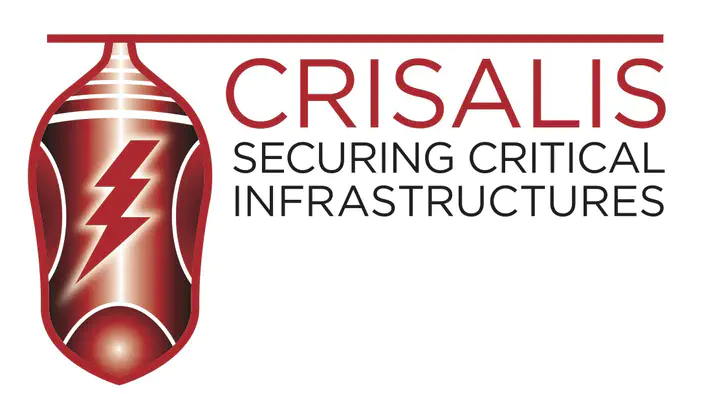CRISALIS

Funded by: EU FP7-SECURITY. Grant agreement ID: 285477.
May 2012 – August 2015.
Total funding: 3.42M Euro.
The CRISALIS project aims at providing new means to secure critical infrastructure environments from targeted attacks, carried out by resourceful and motivated individuals. The recent discovery of a malware called Stuxnet, show that these threats are already a reality. Their success in infiltrating Critical Infrastructure environments is calling attention on the ineffectiveness of standard security mechanisms at detecting them. Stuxnet is believed to have been operating undetected for almost one year leveraging multiple vulnerabilities that were previously unknown, and has been discovered only as a consequence to an operational anomaly that triggered the attention of the field operators. This fact clearly shows that our methods to find vulnerabilities and detect ongoing or successful attacks in critical infrastructure environments are not sufficient.
CRISALIS focuses on these two aspects: detection of vulnerabilities and attacks in critical infrastructure environments. We focus on two different, yet interlinked, use cases that are typical for the power grid infrastructure: control systems based on SCADA protocols and the Advanced Metering Infrastructure. CRISALIS leverages the unique characteristics of critical infrastructure environments to produce novel practical mechanisms and techniques for their security assessment and protection. This is achieved by pursuing three main research objectives:
- providing new methodologies and techniques to secure critical infrastructure systems;
- providing new tools to detect intrusions;
- developing new, more effective, techniques to analyze infected systems.
Particular attention is paid to ensure the practical implementation of these techniques in real-world environments, and to minimize the impact on operations, goals which are attainable thanks to the direct involvement in the process of end users and device manufacturers who provide expertise and realistic test environments to validate the proposed methodologies.